World Fine Art Professionals and their Key-Pieces, 145 - Eva Krause
World Fine Art Professionals and their Key-Pieces, 145 – Eva Krause
Much nature in the work of Eva Krause, and also alienating effects. At Masters of Rotterdam in the Beurs and later at Deelen Art I saw in her painting ‘Stadsvijver’ (City Pond) a winding snake of white fluff. The snake seemed stuck.
When I visit Eva Krause in her studio in the Ruilstraat she points out the inspiration for the beast. It is at left in the corner, in the messy room. A sheepskin. But in the painting it is no longer a sheepskin.
Schoolyard “I often use things that I see, fabrics, materials,” says Eva. “Sometimes I fabricate something for a painting myself. Very occasionally I use a photo, but preferably not. ”
The studio is located on the first floor of an artist’s building, a former school. When I look outside I see a childrens playground with play equipments downstairs, in front of it is the former schoolyard that is used by many of the artists to sit in the sun and chat with each other.
Seilschaften
At the back of the studio is a large white table with a lot of pots with acrylic paint on the left. When I sit behind it I see a painting that is as good as finished, with the provisional title ‘Seilschaften’. It is a dark painting in which we see a forest with blue tin-like objects wrapped with a rope that then continues, also invisible.
Literally Seilschaft means a group that goes hiking in the mountains, or climb, and use a rope to get on and help each other, also using pins and braces. So they do not fall into the depths. But the concept is also used figuratively, says Eva. “Then it’s about groups of people who have to do with each other and who are helping each other. In this way they hang together, with an invisible rope. ”
Teppichstangen
Behind me hangs another painting that is finally finished. Also a woody environment, left nettles and a yellow-green garden hose. Also at left wooden slats, bottom right bluish light between the plants. ‘Alchemist Garden’ is the name of the work. And on the left in the studio is a large painting with a scene in the mountains, so high that green nature is absent. The landscape is bare, mountainous and rocky. On the right two iron bars that are connected horizontally. “They are Teppichstangen, that is also the title of the painting. It was also in the garden of my parents. They beated the carpet to clean it up and neighbors came beating their carpet. At a certain moment a swing was attached to it. On the left of the painting is a wooden vertical stand with two holes at face height. Below is a plateau where you can stand up so that you can look through the two holes like a binocular at the landscape. “You can also look next to it, then you see the same thing. But if you look through the binoculars, you can experience the distance just a little different. ”
Martin Kippenberger
When she starts painting Eva Krause has an idea where to go, but how exactly is somewhat vague. “Usually something else arises than I expect. I like to be surprised. I do like absurdist things. In my paintings I create a stage for the banal, wrong, unimportant and irrelevant. This as a need to create an opposite pole to the superficial perfection of the media society. ”
Her fascination with nature arose because of the lack of nature in her environment. In this way she gets what she lacks via a detour.
In the nineties she went to Krefeld and Düsseldorf to study Objektdesign and then Grafik Design. The visual arts appealed to her the most. She was a fan of Martin Kippenberger. “His paintings and the work of those around him had a lot of irony and ridicule. They undermined the current idea of art. That appealed to me.”
In the background was the German history of the 20th century, where much art was banned during the Nazi regime. “After the war there was a counter movement. In the nineties came the ‘Neue Wilde’ of which Kippenberger was part. In other countries you had similar movements, everywhere it was different, in England you had the black humor. What they have in common is that they wanted to ‘tickle’ the public, question norms and values. ”
Joseph Beuys
This starting point still fascinates her and is an important element in her work. “Humor, spot also fascinates me with others. I think it’s great. ‘Nice’ in itself does not interest me, I do not think that is an interesting category. Good or bad does not really exist. Only taste. More interesting to me is: is something right or is something wrong? But I am aware that you can also make good art that does not make any sense. ”
When I ask her about a key work, she tells me that when she was about 25/26 she read an article about Joseph Beuys, who came from the same region as where she grew up, not so far from the Netherlands. “In the article, Beuys showed two boxes, made of boards. They looked alike, but there was a difference. ‘One box says nothing to me, and the other box says something to me,’ Beuys remarked. In the box that said something to him was a tear, it was a bit worn. But it did have life. I liked that, it influenced me a lot and started my thinking. It is not about what is beautiful, but what triggers our feelings. ”
Phone paintings
“At the Art Academy, the Willem de Kooning Academy, which I went to follow when I came to the Netherlands with my friend in 1998, I often saw work by students who were not good at artistry. But they sometimes made strong, exceptional things. ”
She is an explorer, she says finally. “I look for places that interest and amaze me. Do you know those little drawings that you make when you’re bored or when you make a call? In America they call it ‘doodles’. I call it telephone drawings. As if a giant in the landscape was playing with found objects. And all objects go into relationship with each other and create wonderful, unexplainable scenes. ”
Images: 1) Alchemist Garden, 2017, 2) Seilschaften, 2017, 3) Unterholz, 2016, 4) Greenbelt, 2015, 5) W1, 2014, 6) Teppichstangen, 2015, 7) Pipelines, 8) Stadtpark, 2015, 9) Stadtweiher, 2016, 10) Eva Krause
http://www.evakrause.nl/
https://ifthenisnow.eu/nl/verhalen/de-wereld-van-de-rotterdamse-kunstenaar-30-eva-krause
Disclaimer: The views, opinions and positions expressed within this guest article are those of the author Walter van Teeffelen alone and do not represent those of the Marbella Marbella website. The accuracy, completeness and validity of any statements made within this article are not guaranteed. We accept no liability for any errors, omissions or representations. The copyright of this content belongs to Walter van Teeffelen and any liability with regards to infringement of intellectual property rights remains with the author.

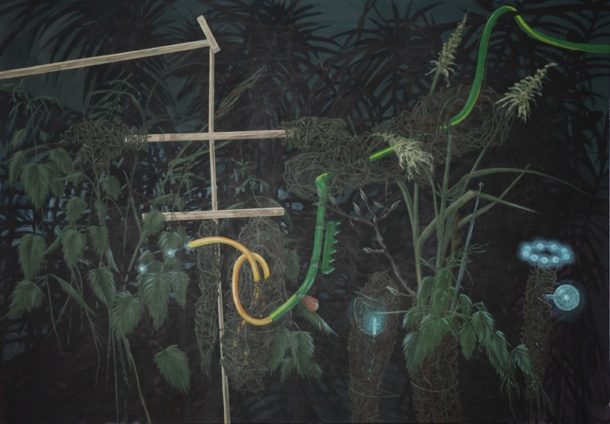
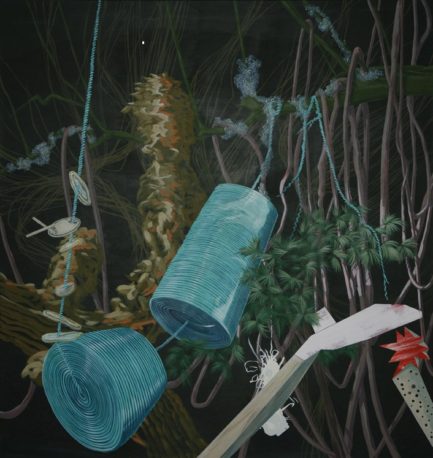

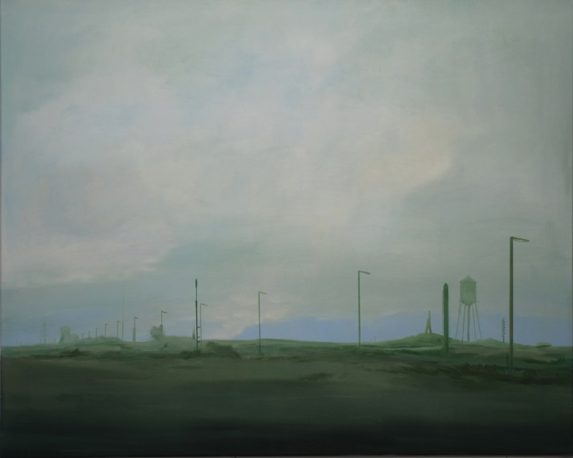

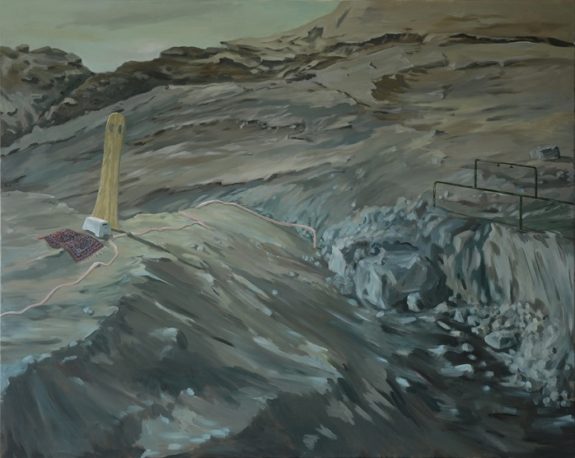
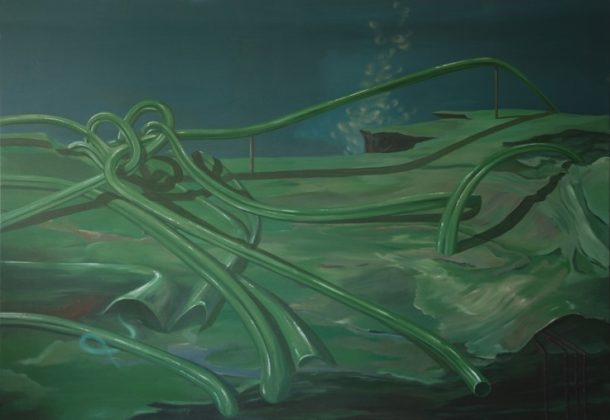
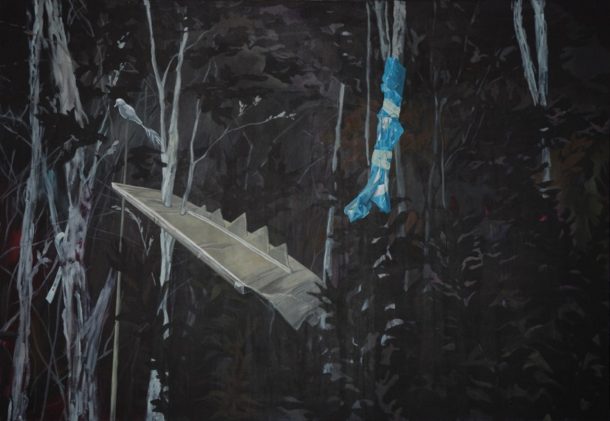
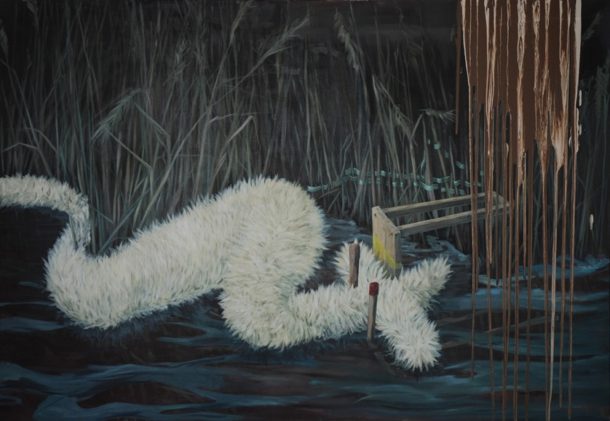
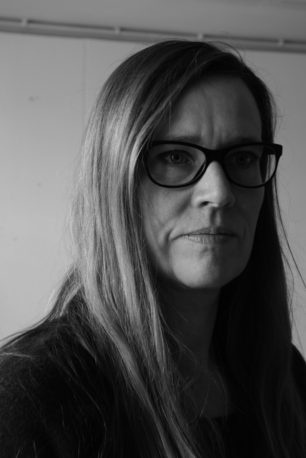














The opinions expressed by individual commentators and contributors do not necessarily constitute this website's position on the particular topic.